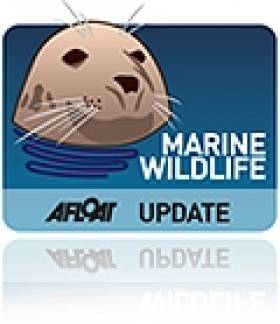Displaying items by tag: Tope Shark
Hook Head Angler In Close Encounter With Shark
#Angling - Hours after a Belfast angler had a close call with a blue shark on an angling trip off Cork, a Wexford angler got more than he expected at the end of his line last weekend.
As Independent.ie reports, Cerjegs Zamahaev had been fishing for cod off Hook Head last Sunday 2 September, but instead hooked into a shark of his own.
Zamahaev released what’s since been identified as a tope shark or school shark — similar to the blue shark that left Robert Malcolmson with a serious wound on his arm as he and friends landed it on their deep sea angling charter.
Kayakers Land Tope Shark For A Snap Off Inishowen
#MarineWildlife - A group of sea anglers off Donegal's Inishowen Peninsula got more than most would bargain for last week when they landed a shark – with video to prove it.
But far from fearful at the prospect, Graham Smith and friends told the Irish Examiner that they actively seek out such fishy predators as the tope shark, a few of which they caught while out kayaking in recent days.
"They normally range from 20lb to 45lb," he said of the small fighters, "but there are bigger ones around later in the year."
It's all in good sport, however, as the vulnerable species – also known as the school shark or snapper shark – were returned to the water "to terrorise the small fish of Inishowen."






























































